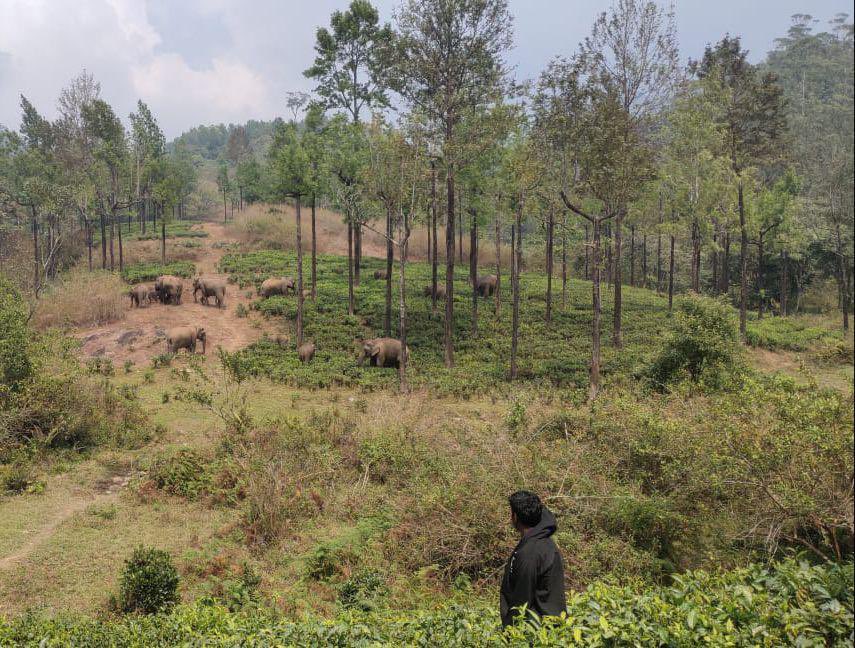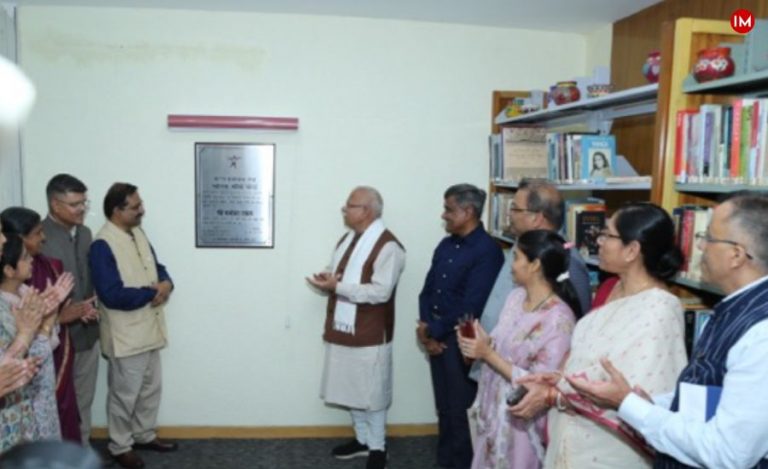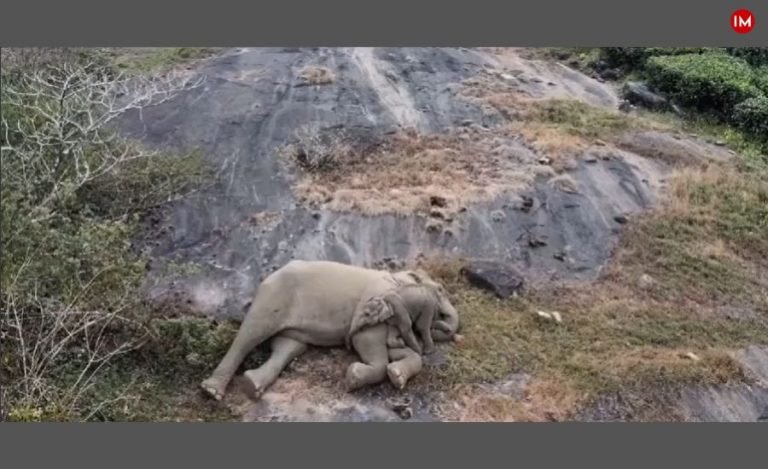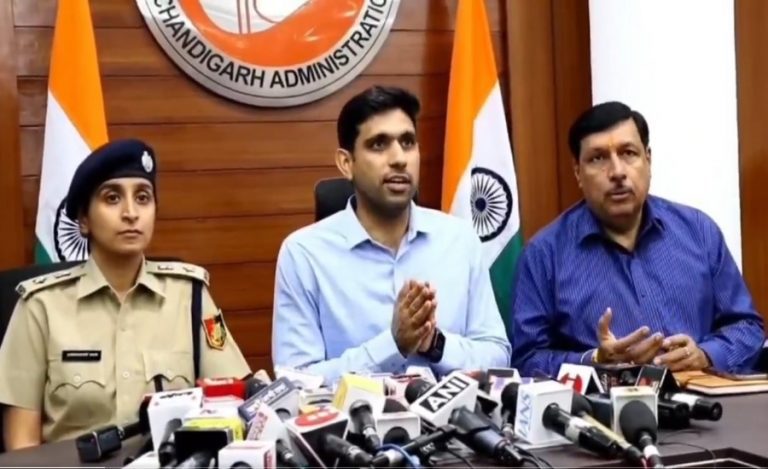A three-day Synchronized Elephant Census was carried out in the southern states. It is the first such census of the gentle giants after 2017and since there was no direction from the central government to conduct it, the states of Karnataka,Tamil Nadu, Kerala, Andhra Pradesh, Telangana, Maharashtra, and Goa carried out the census as per the direction from the respective forest departments.
It started on May 17 and concluded on May 19.
In Karnataka the census was carried out in various reserved forests including the Nagarahole Tiger Reserve. The exercise was successful and data collected has been sent to PCCF Wildlife. The results are awaited following its analysis.
This census was unique due to many firsts. During a conversation with Indian Masterminds, DCF, Nagarhole, Mr. Harsha Kumar Chikkanaragund shared the process and how it is different from a tiger census.
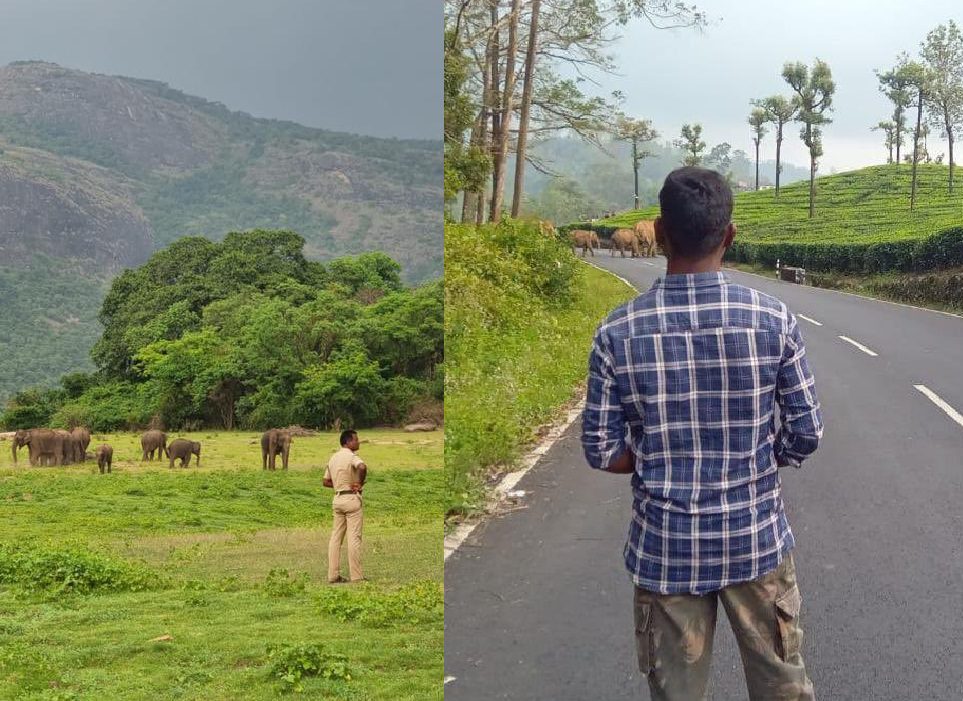
CAMERA TRAP
The elephant census has to be done every five years. However, due to Covid, it was not done in 2022. The southern states (Karnataka, Kerala and Tamil Nadu) which house over 12,000 elephants decided to conduct a state level census this year.
Previously, the elephant census was conducted manually and required a lot of man power. For the first time, camera traps were installed and used at waterholes to photograph the elephants for the census.
Mr. Harsha says that this made the process easier and “we are sure that the result will me more accurate than ever”.
Asked about the three-day affair he says, “Census was conducted for 3 days as per the Elephant Census Protocol. If we went on for a few more days, there would be chances of duplication.”
THE PROCESS
On the first day of patrolling, 50 per cent of the land area or 5 sq. km area, at least a 15-km round trip, recorded the number of elephants seen directly in the sample block count method. A total of 500.00 sq. km of forest area was patrolled and a good number of elephant sightings were recorded.
On Day-2, a total of 212 km of 106 transect lines with 2.00 km was enumerated for indirect sightings and recorded.
On the third day, near 135 lakes/water sources from 6 am to 6 pm counting of elephants was done and more than 400 elephants were recorded.
The forest officer mentioned that one of the staff from Anechowkur Wildlife Range was injured during the elephant census. Other than that everything went as planned.
How different is Elephant census from tiger census:
| Particular | Tiger Census | Elephant Census |
| Sighting | Chances of direct sighting are very less | Being a huge mammals, chance of direct sighting are high |
| Movement of Animal | Tend to move fast and for long distances | Slow moving |
| Census Methods | Direct & Indirect Sightings, Prey Population Camera Trap | Block Count Dung Count Waterhole count |
| Camera Trap census method | 25-30 Days | 3 Days |
https://twitter.com/supriyasahuias/status/1659012107088834560?s=20

